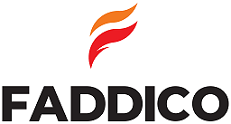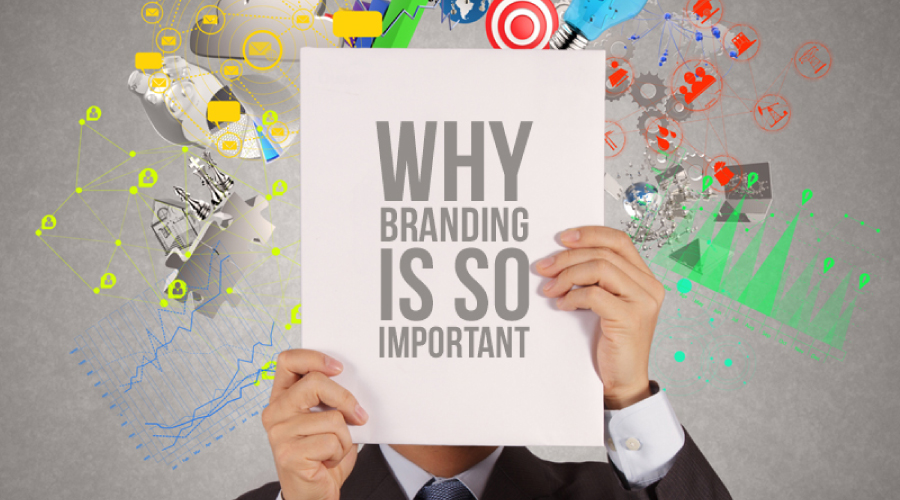Imagine yourself in a busy market where thousands of products are seeking your attention. Every product claims to be best in improving your life or addressing an issue. So, how do you determine which product deserves a place in your shopping cart among all these options? It is a time when the importance of design in product development and its functionality takes place.
While launching a product underestimating the importance of design can be a positive mark on your competitors. So, you should always remember that design is more than just aesthetics. In clear words, it is the driving force behind a product’s development from idea to completion. Additionally, design acts as a bridge, connecting functionality and usability with user demands to deliver a seamless and gratifying experience.
Why does design hold such sway in product development? Let’s explore why placing design at the forefront is key to success.
What is Product Design?
Abandon the myth that the only purpose of product design is to make things seem nice. It is a strategic, multidimensional discipline with an emphasis on the user. Furthermore, it involves understanding their needs, preferences, and concerns, and using that information to create a product that is practical, efficient, enjoyable, and easy to use.
The product’s visual language is its user interface, and its interaction with the user is its user experience. A user interface with good design is simple to use and leads the users through activities. Consequently, this leads to a favorable user experience where consumers feel in charge and empowered.
Importance of Design in Product Development
We have already mentioned keeping the importance of design in product development aside is a positive mark to the competitors. Now, it’s time to support our statement with several compelling reasons about the importance of design in product development. Here are just a few:
1. User Focus
In great design, the user takes precedence. Designers conduct thorough research and empathy exercises to understand users’ needs and frustrations. This user-centric design process results in intuitive solutions that solve practical issues and predict user behavior. It results in more consumer loyalty and brand advocacy resulting from this emphasis on user happiness.
2. Market Differentiation
Making an impression on customers in a congested market is essential. Design contributes by making goods that are not just useful but also visually pleasing, emotionally compelling, and easy to use. Consider Google Maps’ user-friendly interface or the svelte designs of Apple goods. These design decisions provide the product distinctive brand character and set it apart from competitors.
3. Cost-Effectiveness
You may believe that the development process experiences more costs due to design but the opposite is true. Including design thinking from the start makes it easier to see any usability problems early on. This ensures a clear understanding of the product’s function, speeding up the engineering process and avoiding costly rework later in the development cycle.
4. Brand Identity
Design is an effective technique for creating a distinctive brand identity. A product’s entire brand perception is influenced by its appearance, feel, and utility. In addition to reflecting the ideals of the business, a well-designed product builds emotional bonds with customers and cultivates a devoted following of users.
The Design Process: From Concept to Creation
Understanding the importance of design in product development is essential but ignoring the process can make your design worthless. Remember that product design isn’t a magic trick; it’s a well-defined process that translates ideas into tangible solutions. Let’s explore the key stages of this journey:
- Through testing, questionnaires, and interviews, gain a thorough knowledge of users’ requirements, behaviors, and problem areas. Moreover, give your design direction a boost from their experiences.
- Let your imagination run wild and welcome new ideas. Explore all options to satisfy people’s requirements and address their difficulties.
- Using crude models, prototypes may be quickly tested and ideas brought to life. Iterate quickly based on user feedback to improve designs, starting with rudimentary sketches and ending with digital mockups.
- Put prototypes through constant testing and get user input. Utilize this feedback to iteratively develop and modify the design to make sure the finished product is genuinely user-friendly.
The Future of Design
The future of product development holds immense promise for design! We are about to enter a future where emotion and user-centricity are critical. Designers will learn more about the feelings and aims of individuals. This will result in the development of goods that appeal to customers personally in addition to meeting their necessities. Artificial intelligence and machine learning will play a significant role, which will let us analyze enormous volumes of data and tailor experiences in previously unheard-of ways. Another key theme will be sustainability, with designs emphasizing environmental responsibility and beauty. The strong desire to make a positive difference will fuel innovation in this era.
Conclusion
In conclusion, it is necessary to pay attention to the importance of design in product development. More than making things pleasing with looks is required; you must also thoroughly grasp your audience’s needs and convey your emotions. Putting design first helps companies stand out in competitive marketplaces, improve user experience, and save expenses over time. So, with an impact on feasibility and user-centricity, design will remain crucial in helping to create products that fulfill demands. Accept success and embrace design with Faddico, a prominent product design and development name.
Q. How does a designer contribute to the creation of a product?
Throughout the whole process of creating a product, designers are in command. However, they have to identify an issue, define it, and then compassionately build a workable solution. Technical expertise and human-centered design are among the qualities that a product designer has to possess.
Q. Why is user focus so important in design?
By prioritizing user demands throughout the design process, you can create products that effectively solve practical issues and provide a satisfying user experience. As a result, there are happier consumers, more brand loyalty, and eventually better sales.
Q. How will technology affect design in the future?
Artificial intelligence and machine learning will help designers analyze large-scale user data, allowing them to create increasingly personalized product experiences. Furthermore, design solutions will prioritize environmental responsibility with usefulness and beauty, making sustainability a significant priority.
Q. Which techniques may be used to get user input while designing a project?
Designers can get information about user wants and preferences using various methods, including surveys, interviews, user testing, and observation. These techniques yield insightful feedback that helps to guarantee that the final product lives up to user expectations and drives the iterative design process.





